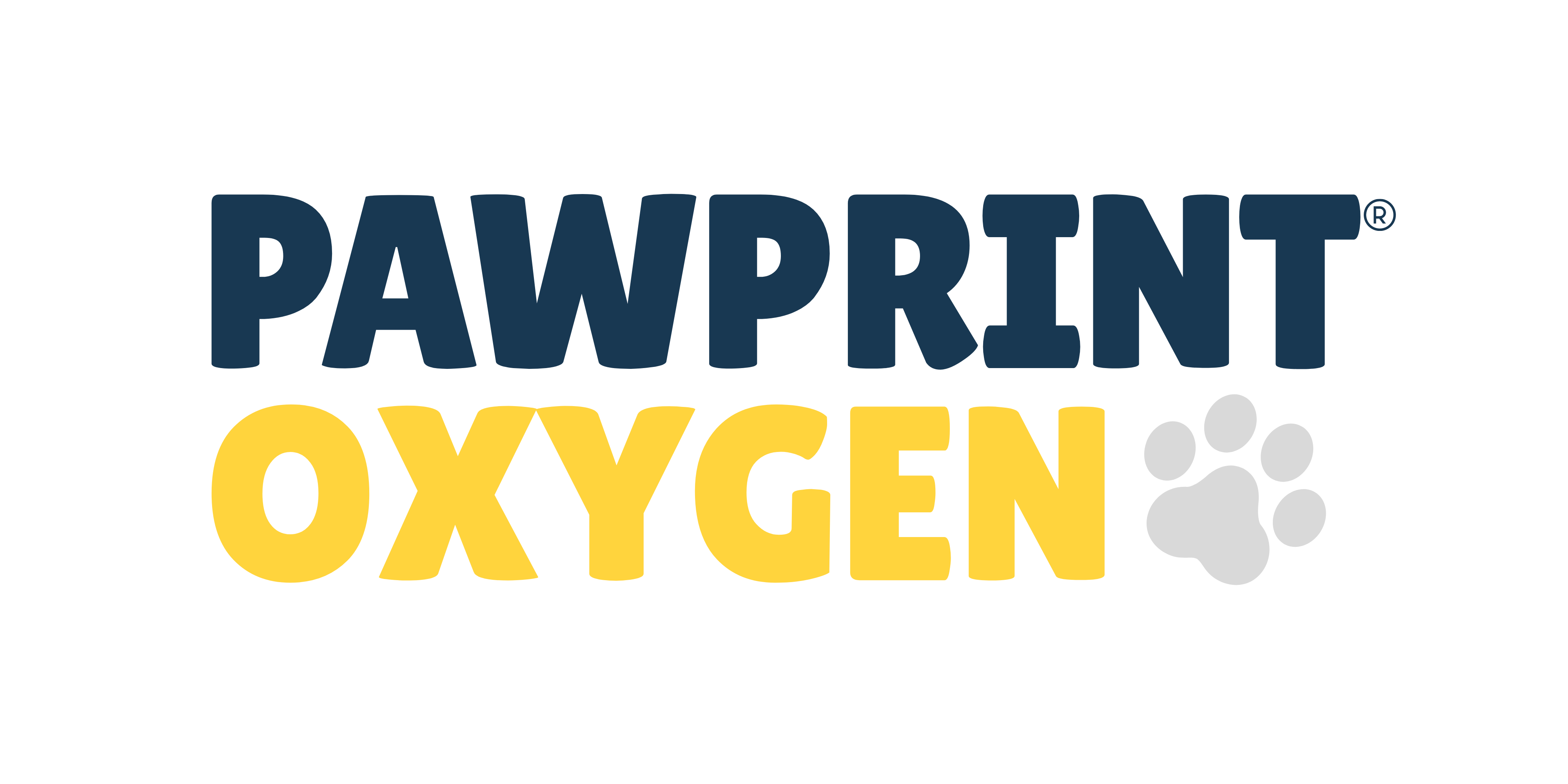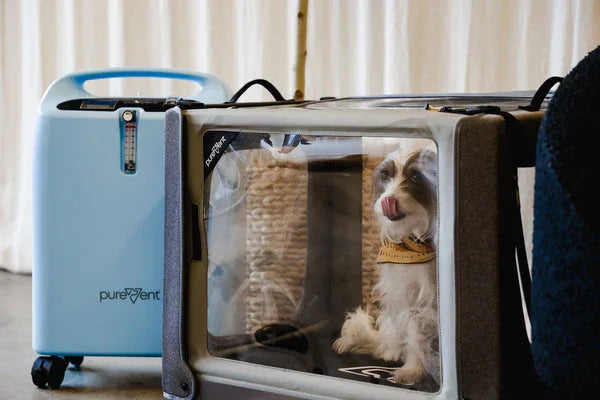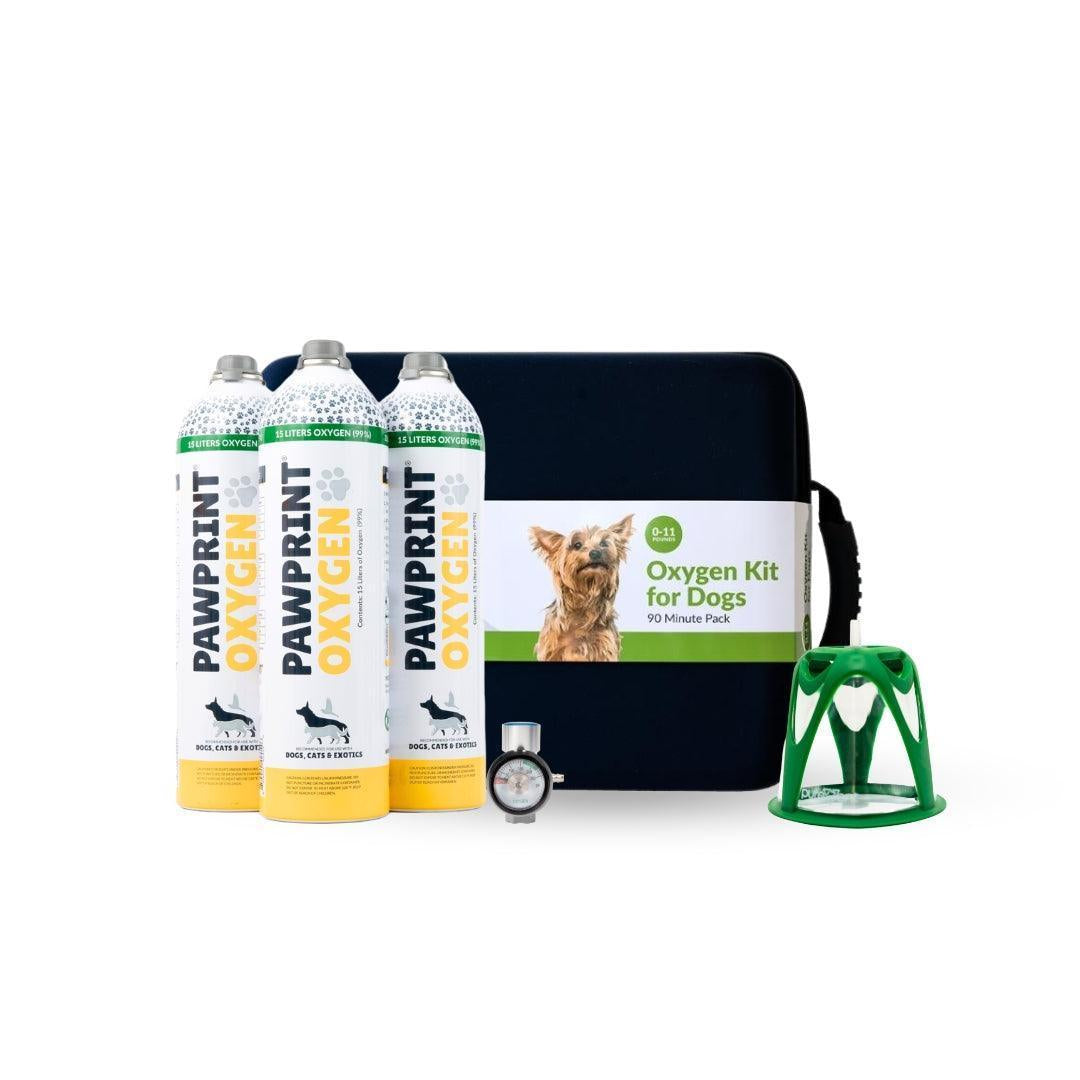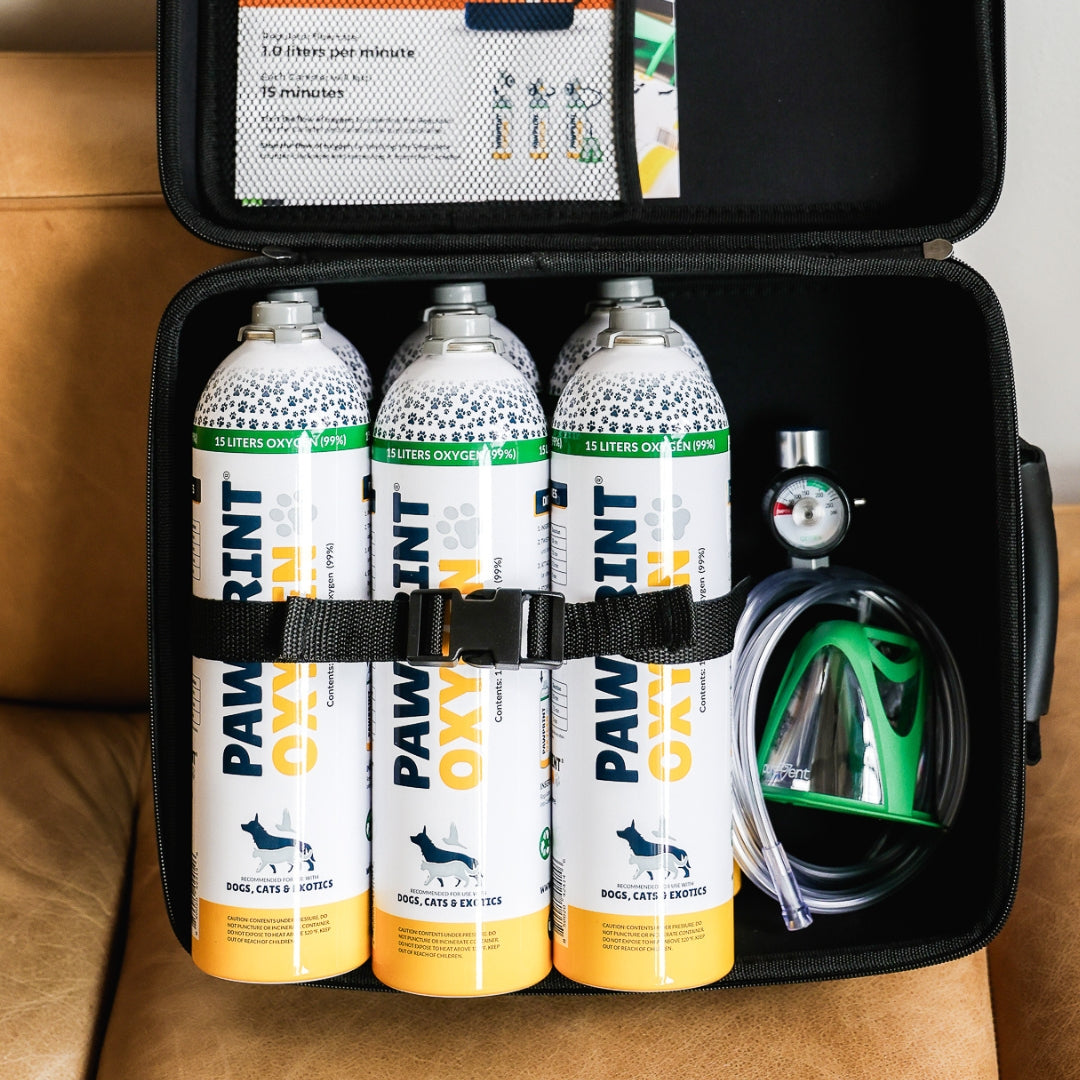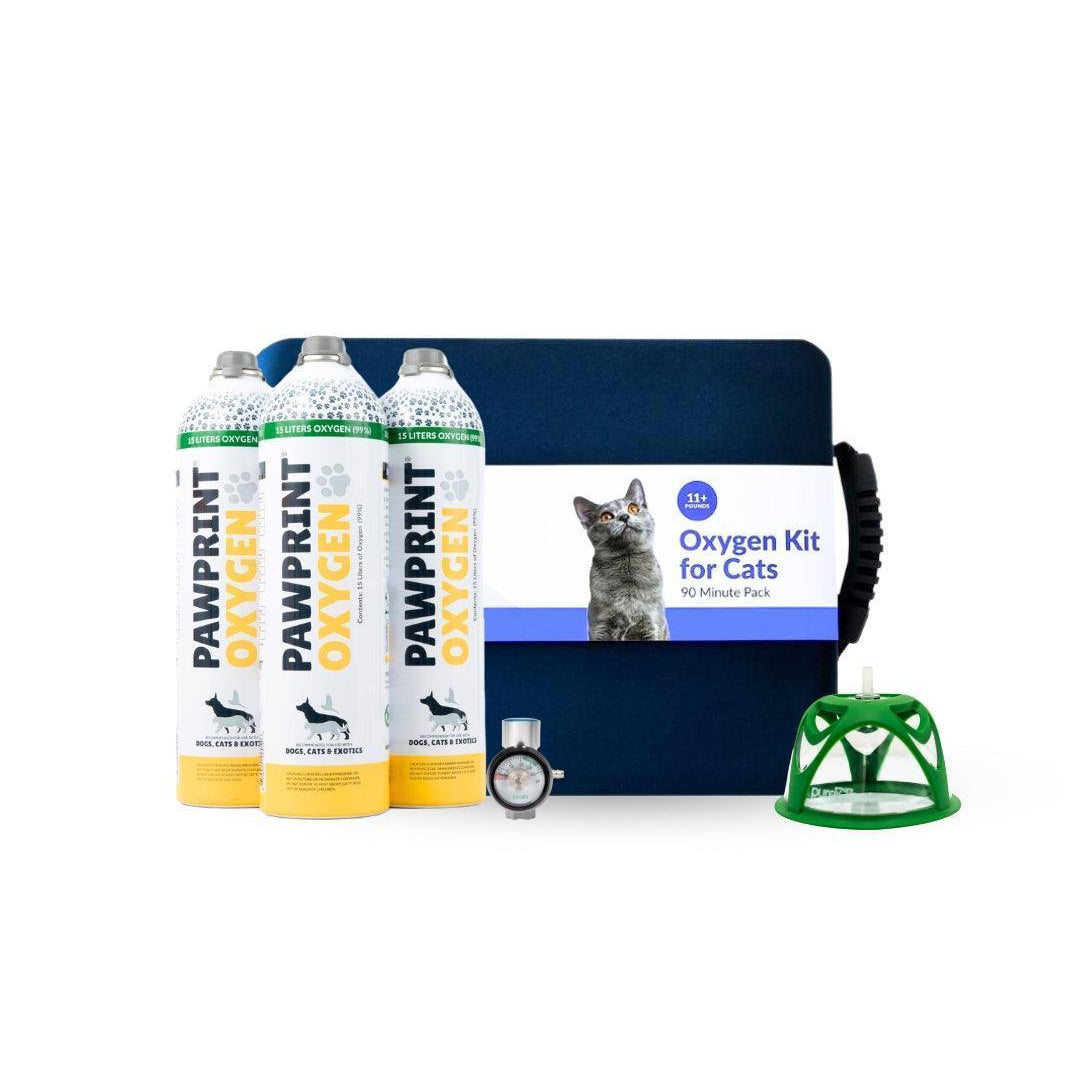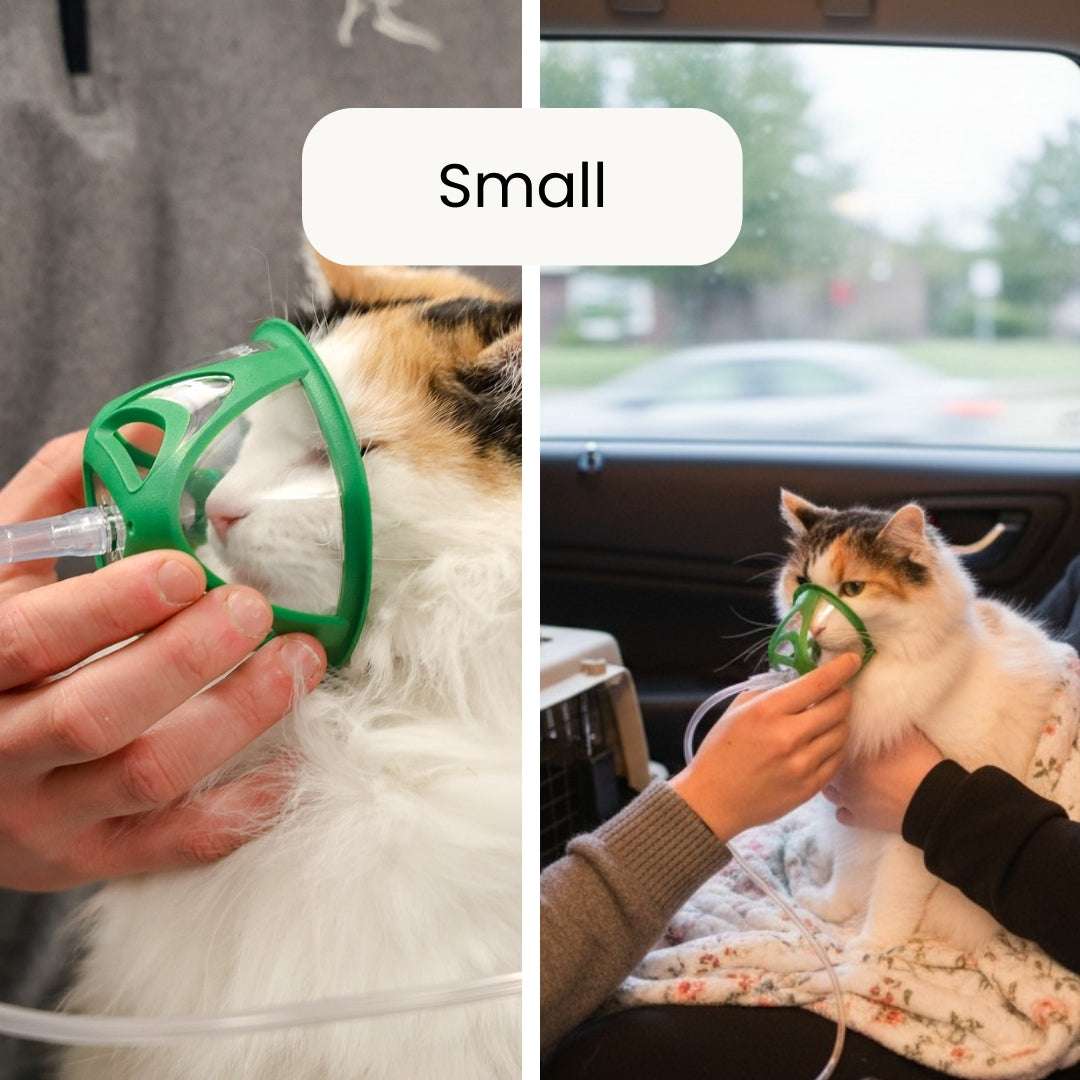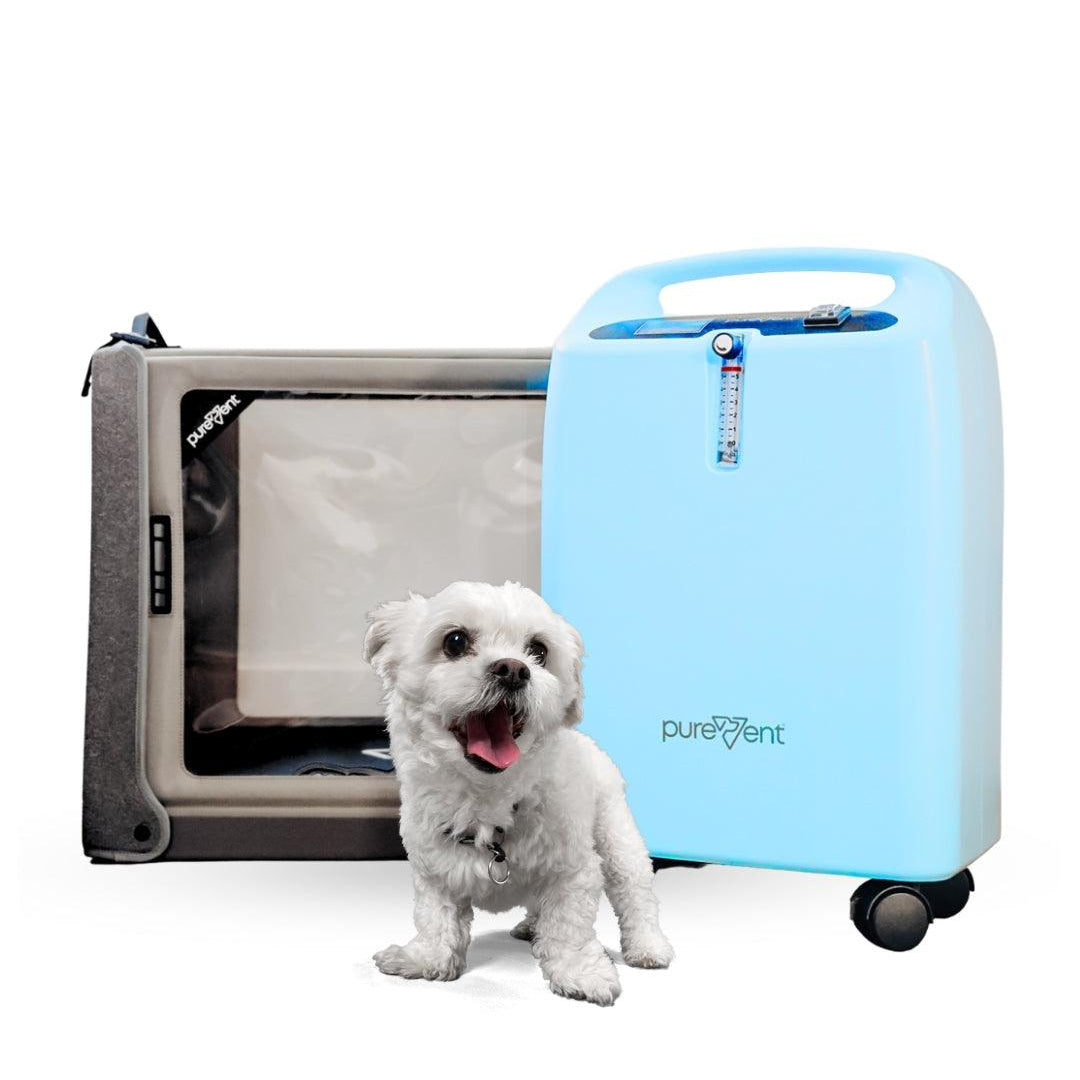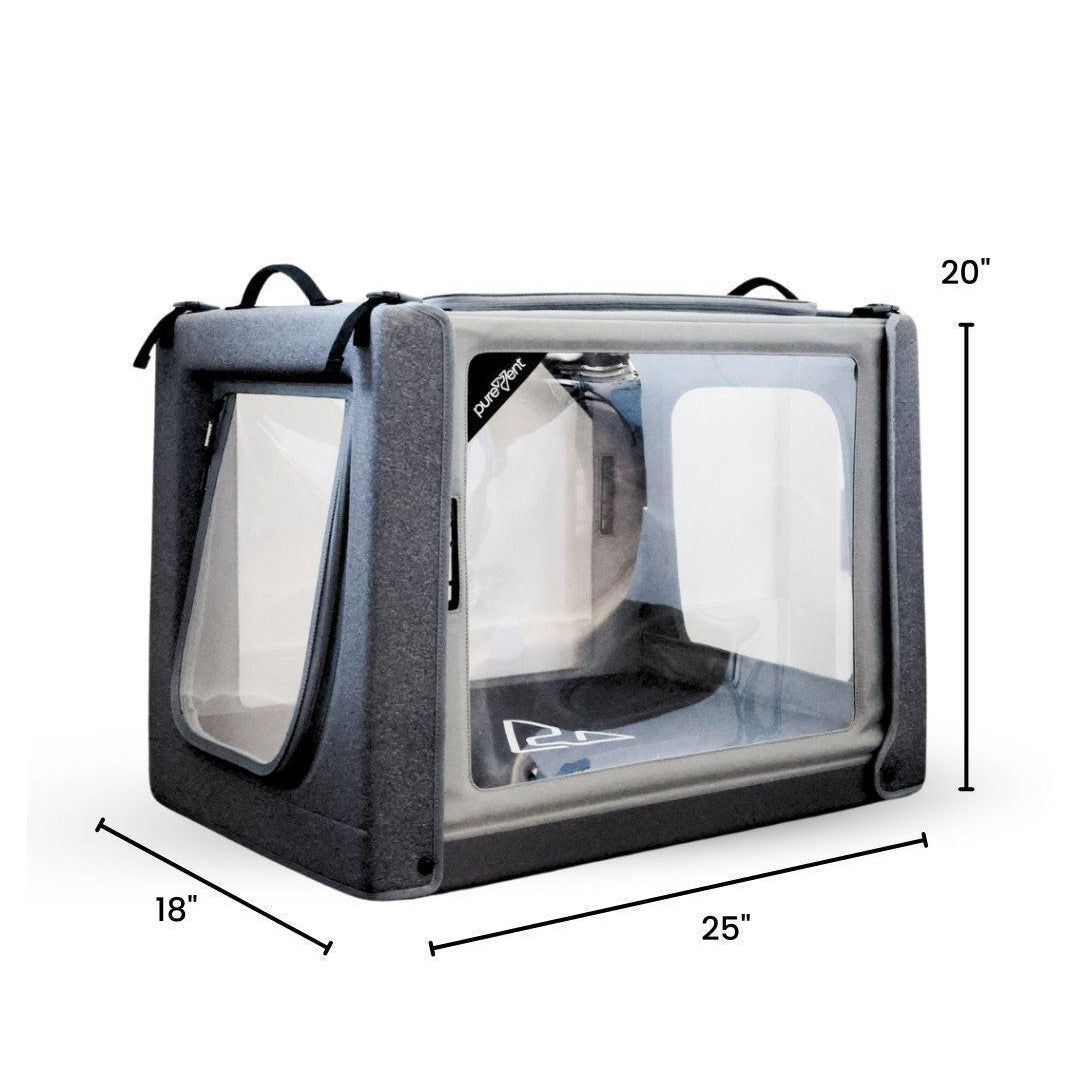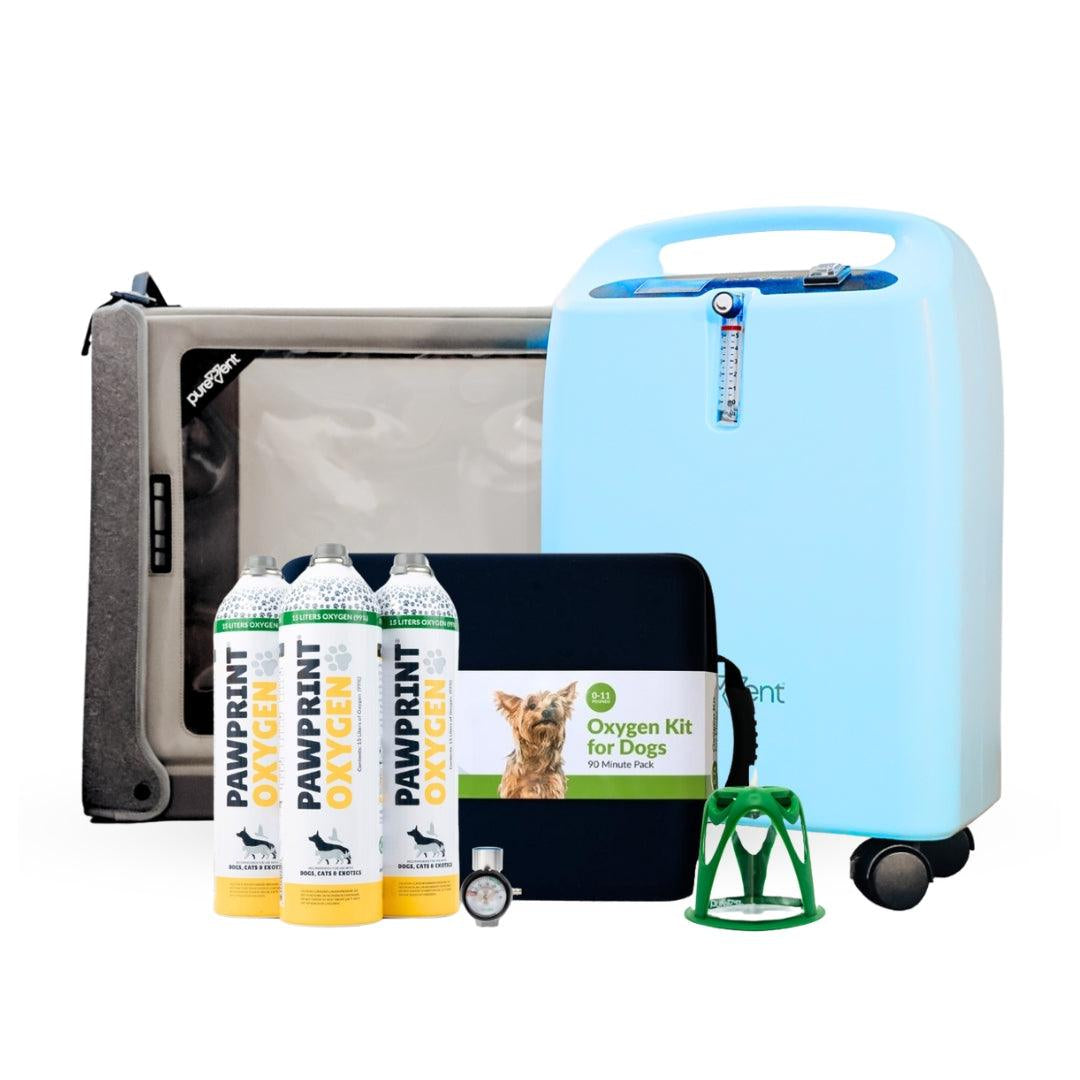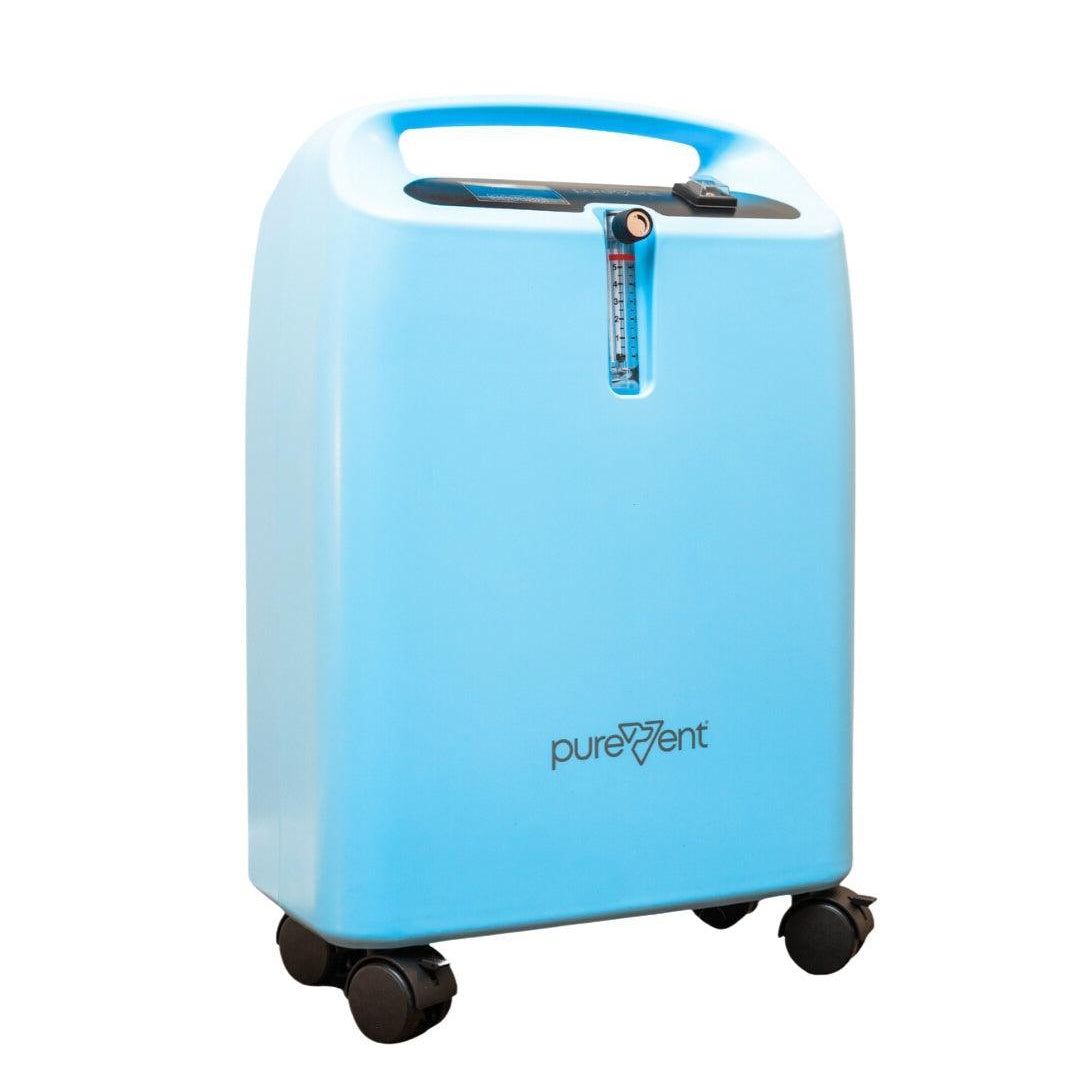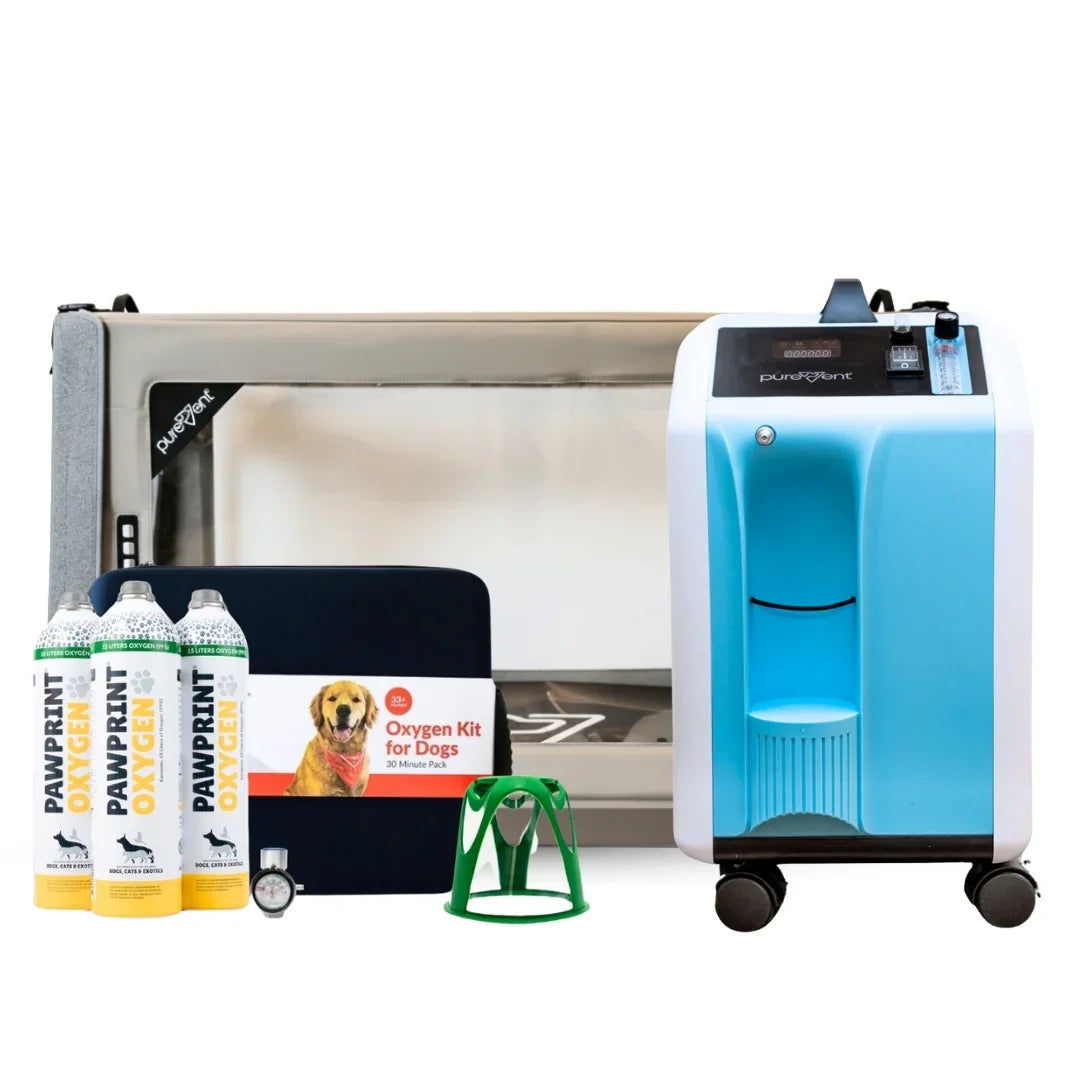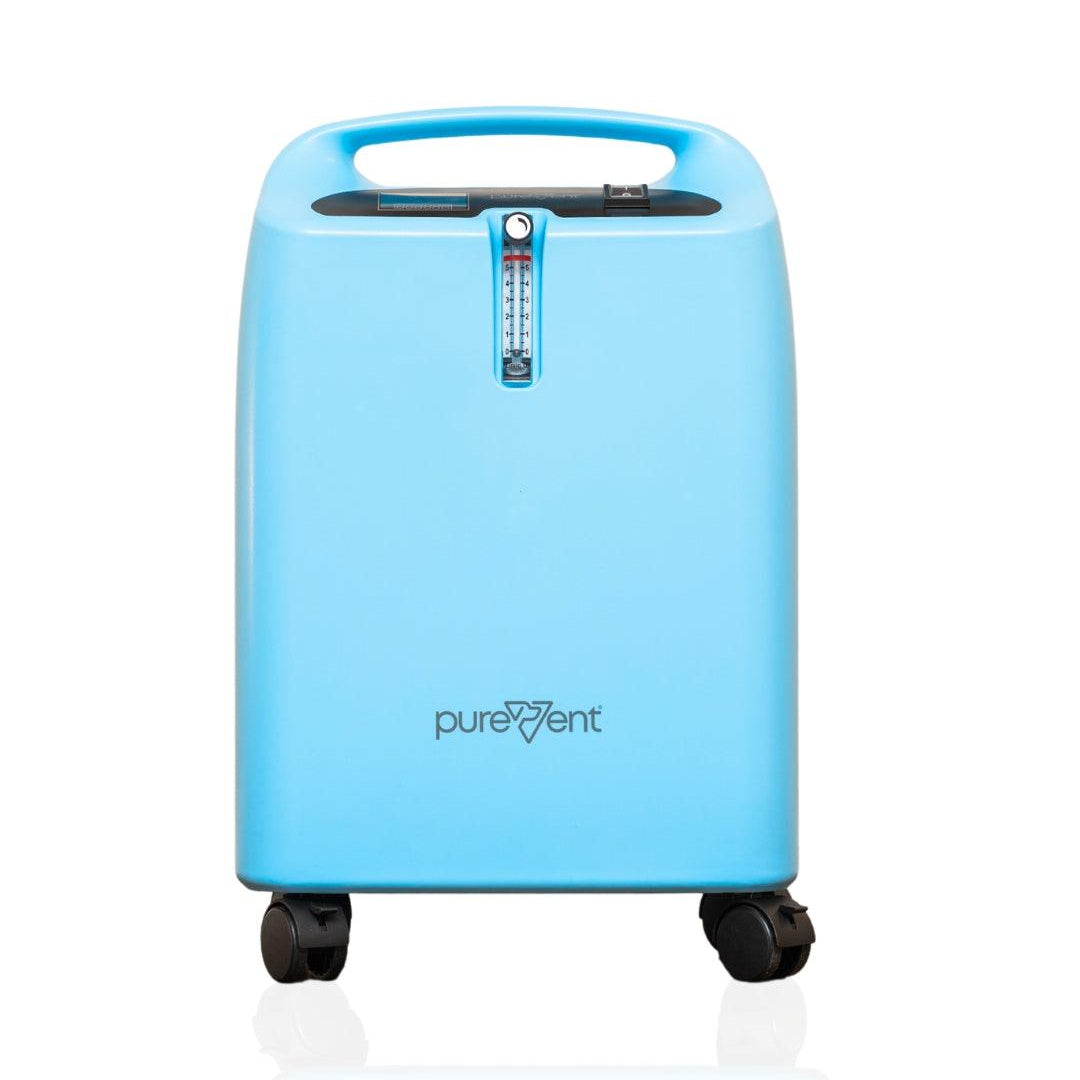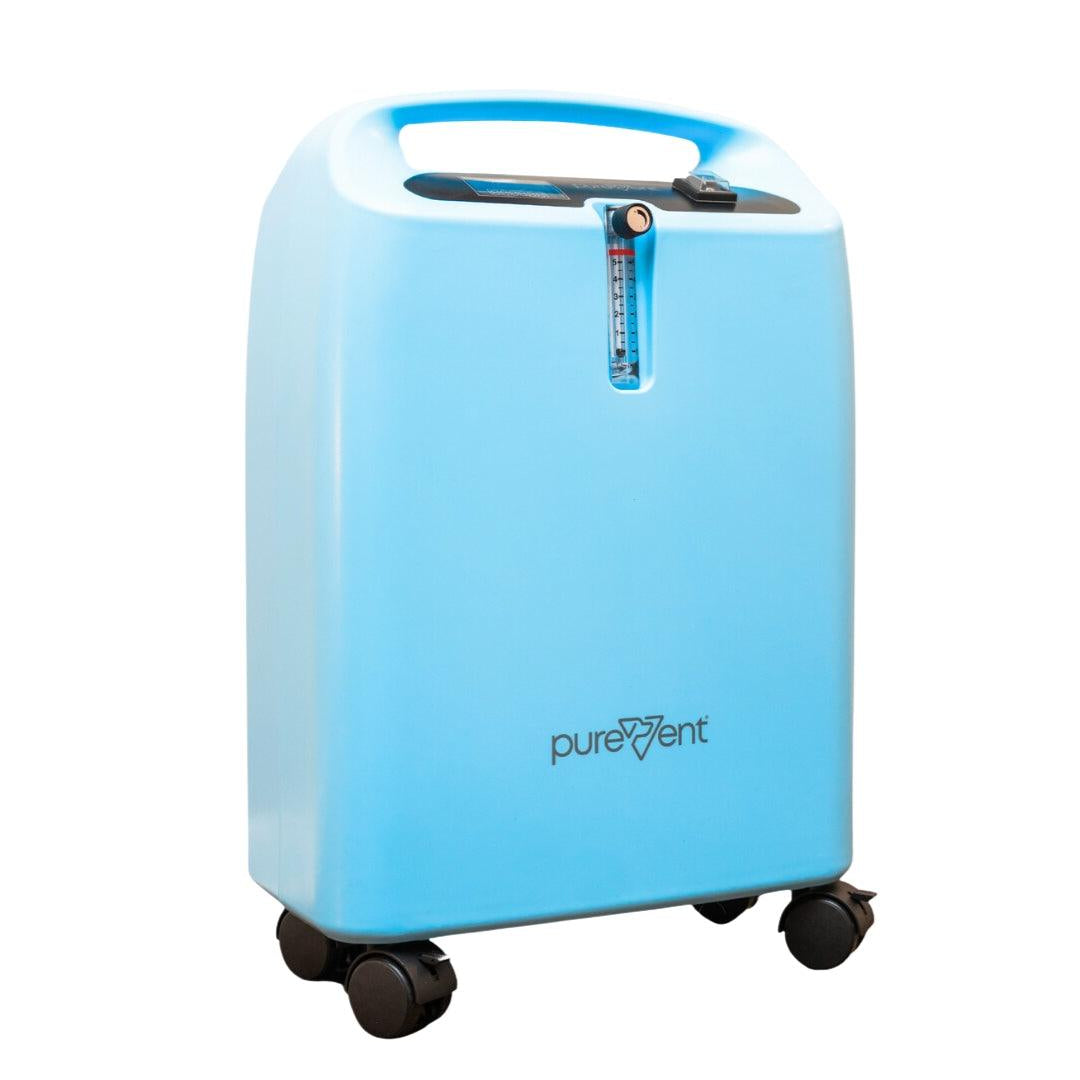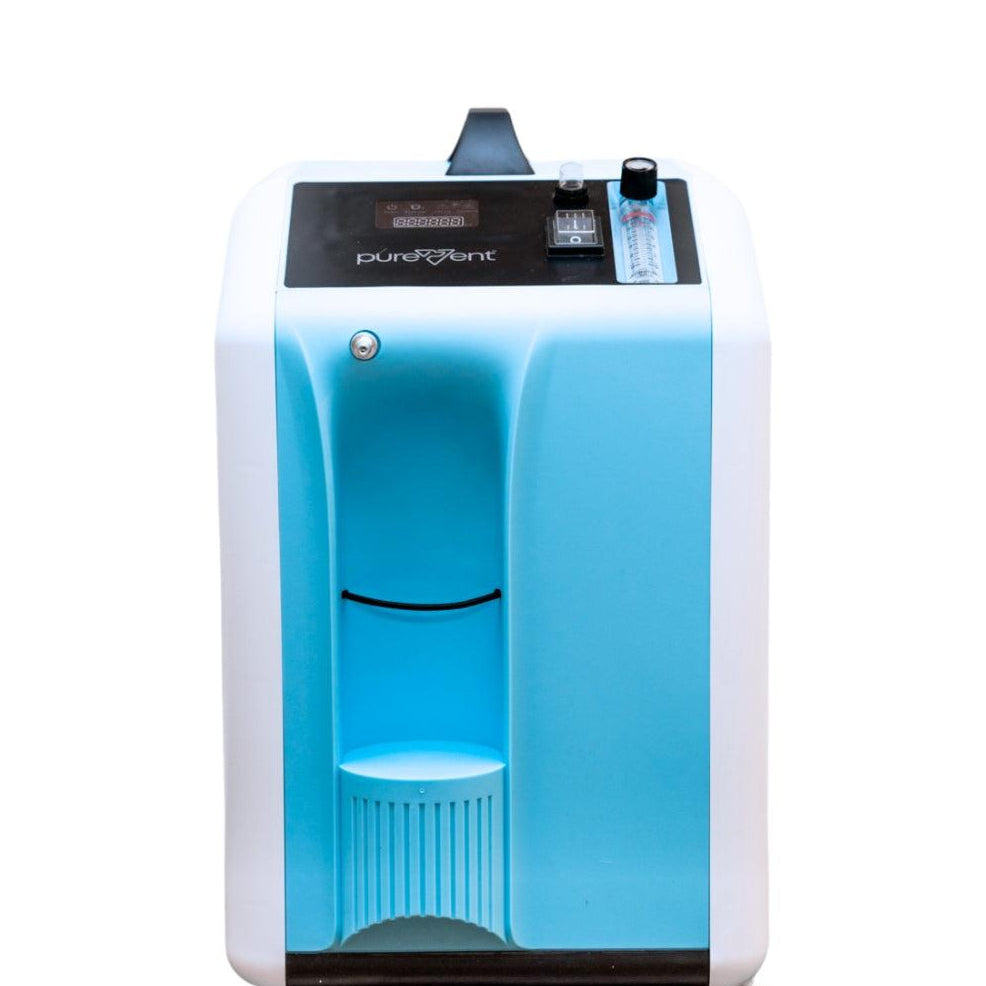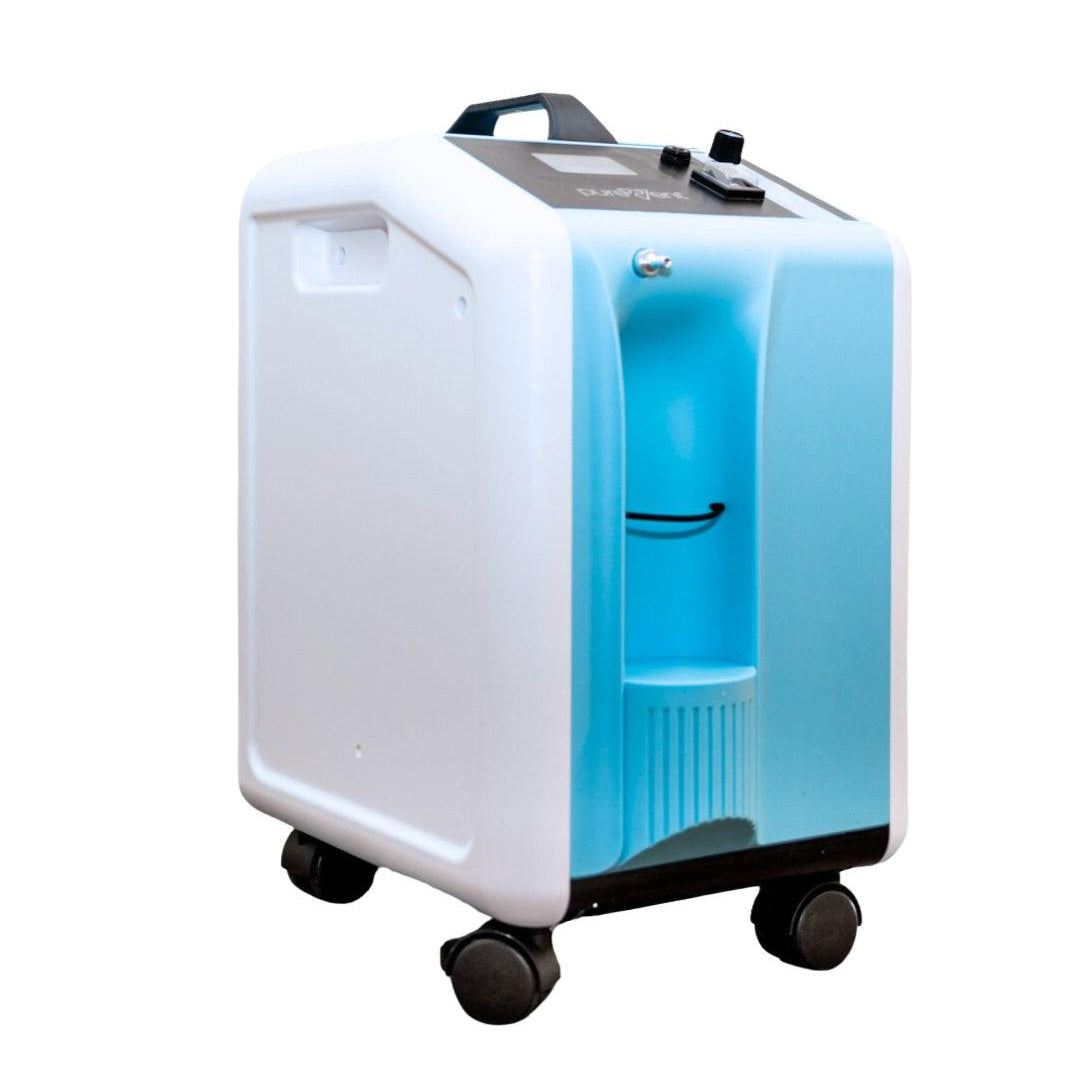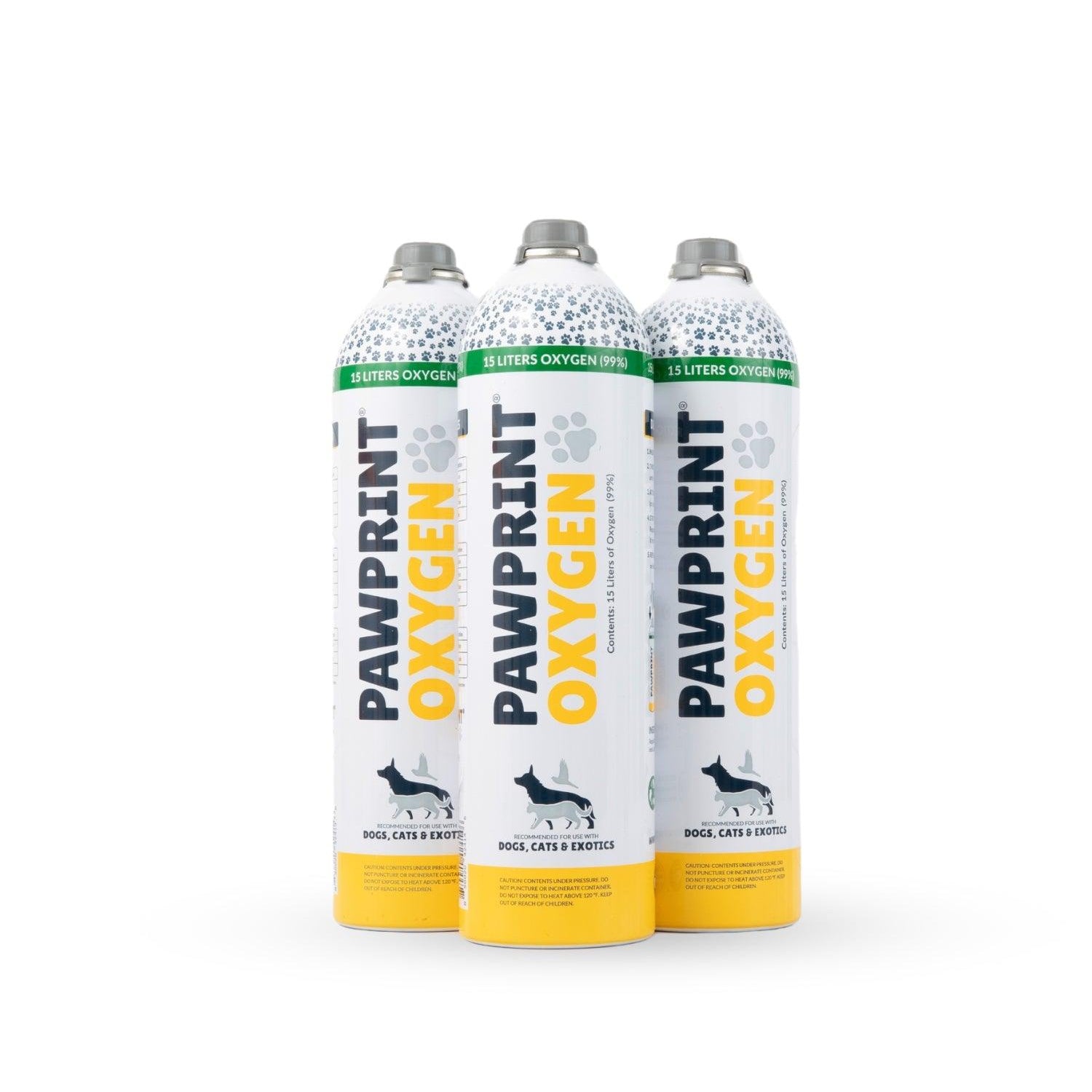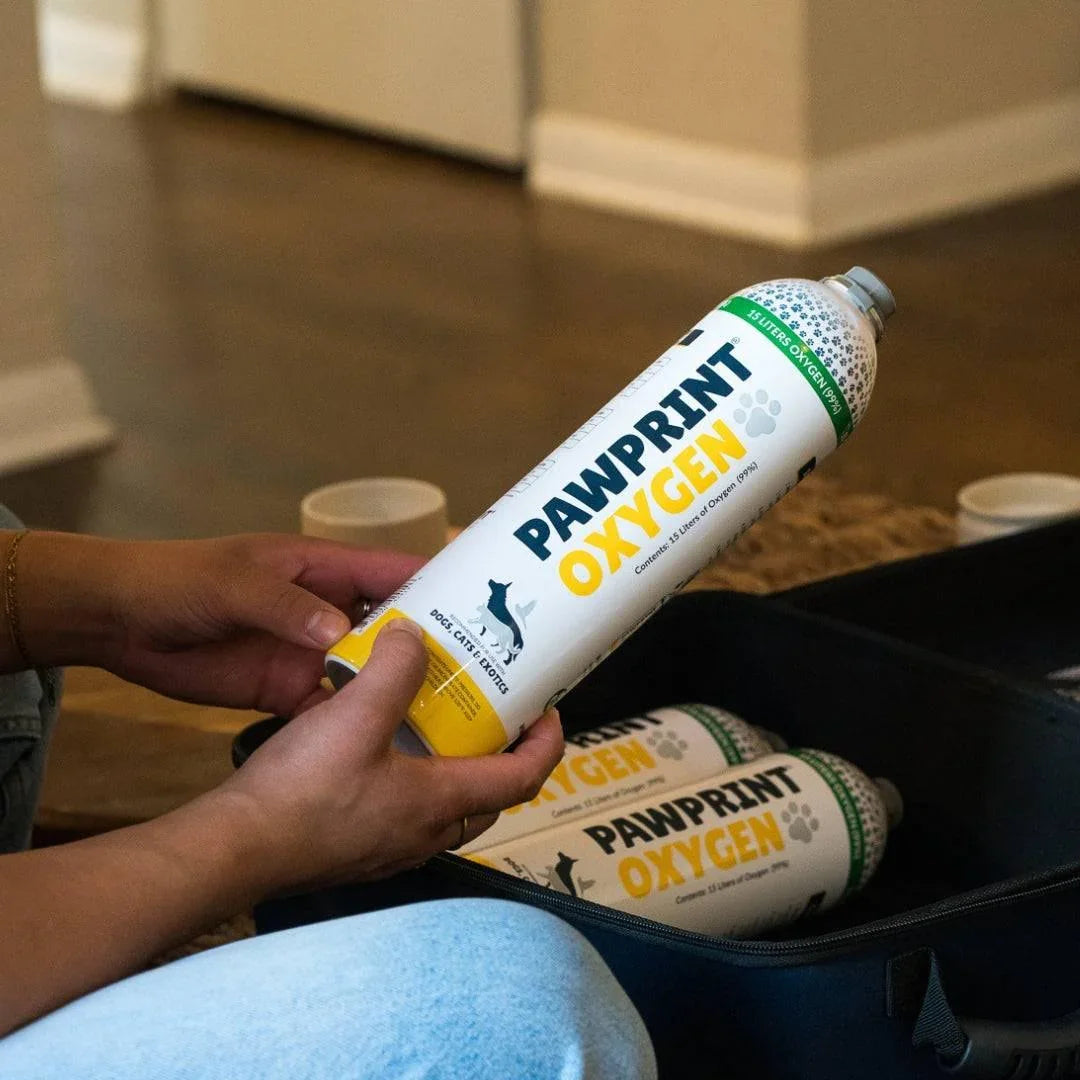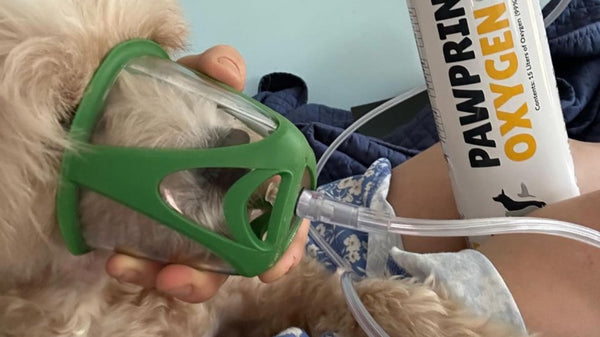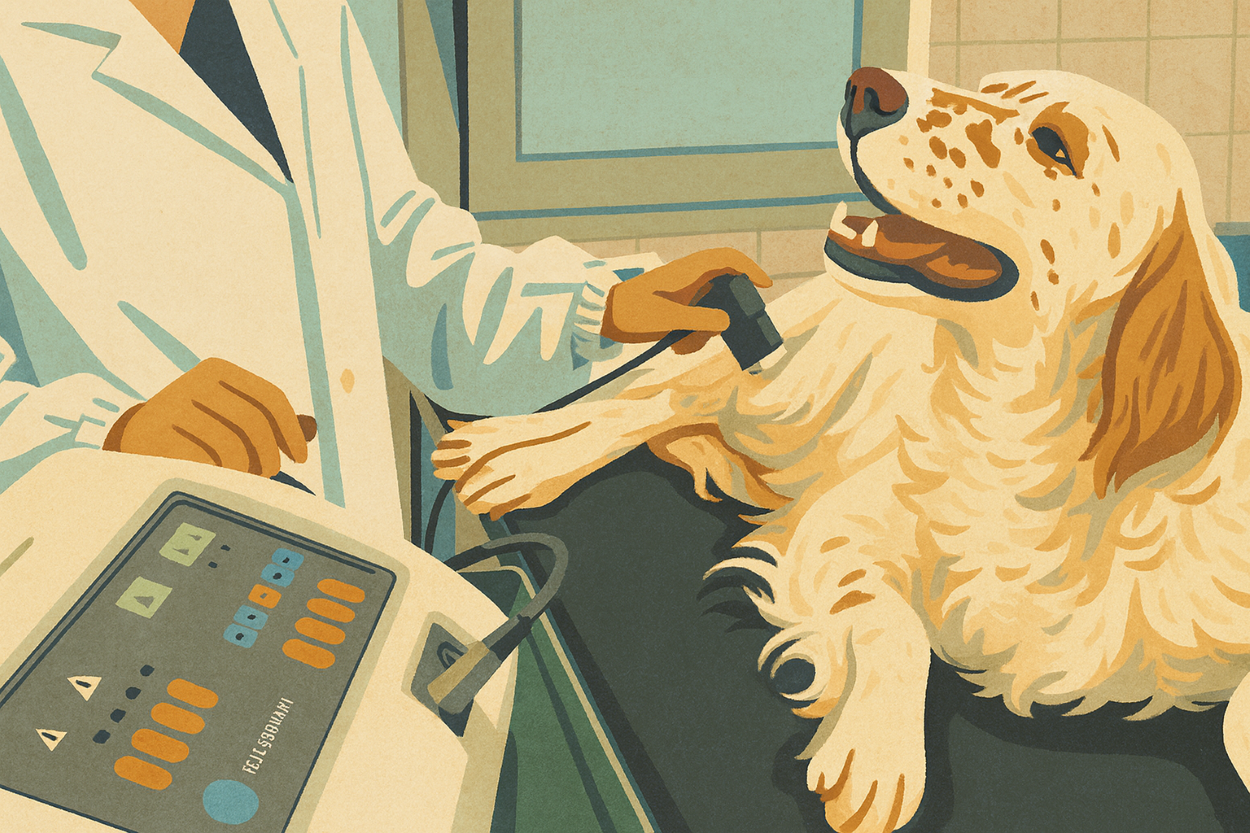Pulmonary hypertension in pets is most often treated with medications that reduce lung pressure, support heart function, and ease breathing. Common prescriptions include sildenafil, pimobendan, tadalafil, diuretics, and ACE inhibitors, often combined with supportive therapies. Many pets also benefit from at-home oxygen to stabilize breathing and prevent emergencies. With regular veterinary monitoring and lifestyle adjustments, this condition can be managed to give pets a better quality of life.
Pulmonary hypertension in pets is a serious condition where high blood pressure in the lungs places extra strain on the heart, often leading to breathing difficulties and other health challenges. Because early diagnosis and timely treatment are critical, understanding the therapies your veterinarian may recommend can bring both clarity and peace of mind. This article will walk you through the most common medications and supportive treatments used to manage pulmonary hypertension in pets, helping you feel more prepared and encouraged as you navigate your pet’s care.
Understanding Pulmonary Hypertension in Pets
Pulmonary hypertension occurs when blood pressure within the lungs becomes abnormally high, forcing the heart to work harder to pump blood through these vessels. Over time, this extra strain can affect your pet’s breathing, heart function, and overall quality of life. Recognizing the causes and symptoms is the first step in understanding this condition and supporting your pet’s health.
Common causes include:
- Heart disease, such as mitral valve disease or congenital defects
- Chronic lung conditions that limit oxygen exchange
- Blood clots within the lungs
- Parasites, especially heartworm
Signs of Pulmonary Hypertension You May Notice at Home
- Persistent coughing or wheezing
- Difficulty breathing or rapid breathing
- Fainting or sudden collapse
- Fatigue and reduced ability to exercise
Medications Commonly Prescribed by Vets
Once pulmonary hypertension is diagnosed, veterinarians typically recommend a combination of medications to improve breathing, reduce strain on the heart, and help pets feel more comfortable. The exact treatment plan depends on your pet’s underlying condition and how severe their pulmonary hypertension is. Most pets require long-term therapy, and while the idea of multiple medications can feel overwhelming at first, each plays an important role in supporting your pet’s health and quality of life.
Commonly prescribed medications include:
- Sildenafil (Viagra®/Revatio®): The most widely used drug for pulmonary hypertension in pets; relaxes blood vessels in the lungs, lowers pressure, and improves oxygen flow.
- Pimobendan (Vetmedin®): Often used when heart disease is involved; strengthens heart contractions, reduces workload, and improves exercise tolerance.
- Tadalafil: Works similarly to sildenafil; sometimes used if sildenafil is not effective or well tolerated.
- Diuretics (e.g., Furosemide/Lasix®): Helps remove excess fluid buildup in the lungs or body, easing congestion and making breathing easier.
- ACE Inhibitors (e.g., Enalapril, Benazepril): Reduces blood pressure and heart strain, especially in pets with heart disease.
-
Other supportive medications:
- Anticoagulants (blood thinners): Used if blood clots are a concern.
- Adjunct therapies (such as oxygen therapy): May be added depending on the underlying cause.
What to Expect as a Pet Parent
It’s natural to feel concerned when you hear your pet may need multiple medications, but many pets with pulmonary hypertension respond well to treatment and enjoy a good quality of life. These medications don’t cure the condition, but they help control symptoms, ease breathing, and reduce strain on the heart. With regular veterinary checkups and your support at home, your pet can continue to live comfortably and stay active for years to come.
Is pulmonary hypertension curable or only manageable?
Pulmonary hypertension in pets is usually a manageable, not curable, condition, especially when caused by chronic heart or lung disease. Treatment focuses on addressing the underlying cause, relieving symptoms, and improving quality of life.
However, if the pulmonary hypertension is caused by a treatable issue, such as heartworm disease or a correctable congenital defect, successful treatment or surgery may fully resolve the condition. Early diagnosis greatly improves the chances of a better outcome.
Will my pet need medication for pulmonary hypertension for life?
In many cases, pets with pulmonary hypertension will need medication for life to help control blood pressure in the lungs and manage symptoms. The exact treatment plan depends on the underlying cause, the pet’s overall health, and how well they respond to therapy. Some pets may require multiple medications, while others may only need one or can taper off if the underlying cause is successfully treated. Regular veterinary checkups are essential to monitor progress and adjust medications as needed.
How can I make my home more comfortable for a pet with pulmonary hypertension?
Here are some recommendations for how to make your home comfortable for a pet with pulmonary hypertension:
Keep your pet’s environment calm, stress-free, and at a comfortable temperature.
Limit strenuous activity and provide a quiet, comfortable resting space.
Reduce exposure to triggers like smoke, strong scents, or allergens.
Ensure easy access to fresh water and provide a low-sodium diet if recommended by your vet.
Give prescribed medications and supplemental oxygen as directed.

Supplemental At-Home Oxygen Therapy
For many pets with pulmonary hypertension, supplemental oxygen is an important part of their treatment plan. Supplemental oxygen therapy helps stabilize oxygen levels, ease breathing, and reduce the strain placed on the heart and lungs. While it may feel daunting at first, at-home oxygen can make a meaningful difference in your pet’s comfort and quality of life, especially during flare-ups or emergencies.
Key benefits and uses of oxygen therapy include:
- Supports breathing: Helps pets breathe more easily and reduces respiratory distress.
- Stabilizes oxygen levels: Maintains consistent oxygenation, which is vital for pets with lung and heart strain.
- Improves quality of life: Provides relief during exercise intolerance or fatigue, helping pets feel more comfortable.
- Emergency use: Portable oxygen can be crucial during sudden episodes, giving you time to get to a veterinarian safely.
- Flexible delivery methods: Options include portable oxygen kits and concentrators and oxygen chambers for ongoing use.
- Veterinary guidance is essential: Your vet will advise on how often and how long oxygen should be given, along with proper monitoring.
Lifestyle and Ongoing Care
Managing pulmonary hypertension goes beyond medication. Your pet’s daily routine and ongoing care play an important role in their overall well-being. By keeping a close eye on symptoms, addressing underlying conditions, and working closely with your veterinarian, you can help your pet stay comfortable and active. Small changes at home, paired with consistent medical care, make a big difference in long-term outcomes.
Key aspects of ongoing care for pulmonary hypertension include:
- Monitoring at home: Watch for changes like increased coughing, fainting, or worsening breathing.
- Managing underlying conditions: Use heartworm prevention, treat heart disease, and keep your pet at a healthy weight.
- Routine checkups: Regular exams and echocardiograms help track progress and adjust treatment as needed.
- Combination care: Medications, oxygen therapy, and lifestyle adjustments work best when used together to support your pet’s health.
Giving Your Pet the Best
Pulmonary hypertension in pets may sound overwhelming at first, but with the right combination of medications, supportive therapies, and ongoing care, many pets are able to live comfortably and enjoy a good quality of life. By working closely with your veterinarian and staying attentive to your pet’s needs, you can help manage this condition effectively. Remember, each step you take in your pet’s treatment plan is a step toward giving them the comfort, stability, and love they deserve.
Key Takeaways
- Pulmonary hypertension is a serious condition, but it can be managed with the right care plan.
- Medications such as sildenafil, pimobendan, tadalafil, diuretics, and ACE inhibitors are commonly prescribed.
- Supplemental oxygen therapy at home can provide crucial support during flare-ups and improve day-to-day comfort.
- Managing underlying conditions (like heart disease or heartworm) is essential for long-term success.
- Regular veterinary checkups and echocardiograms help monitor progress and guide treatment adjustments.
- Close collaboration with your veterinarian ensures the best possible quality of life for your pet.
